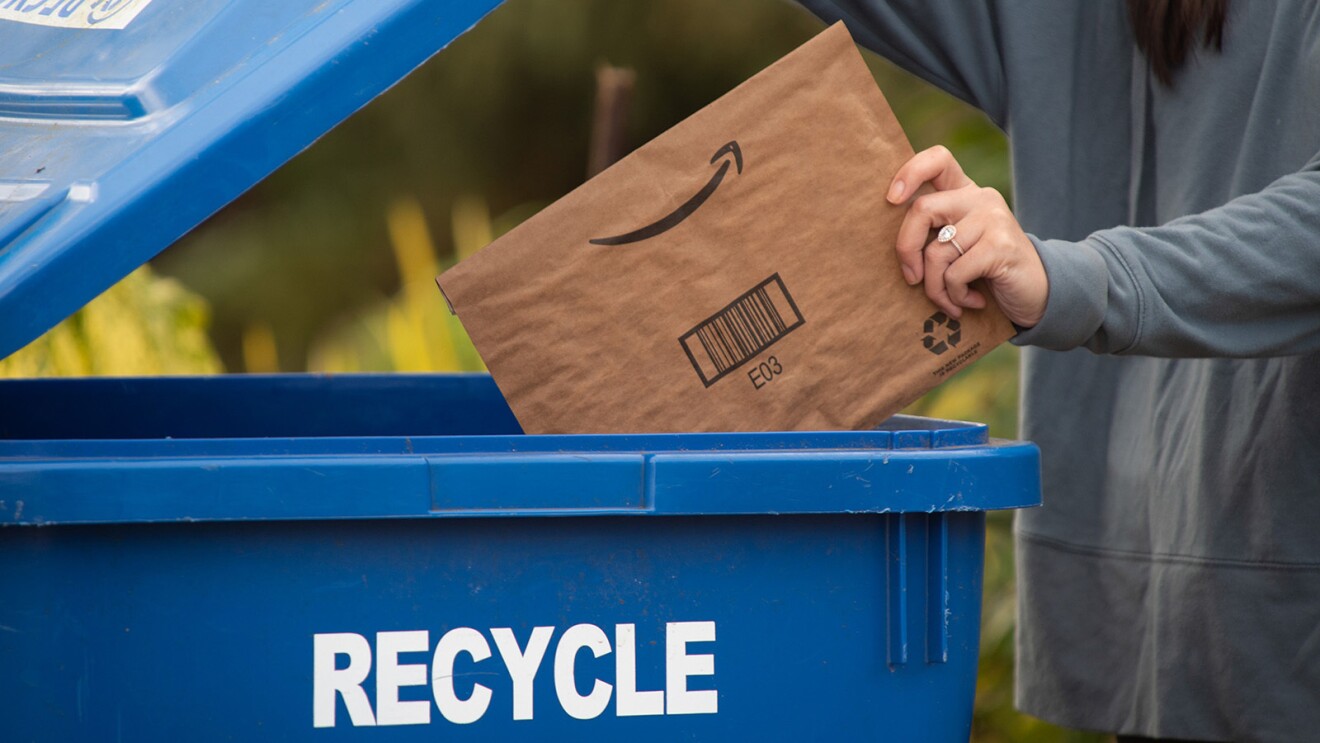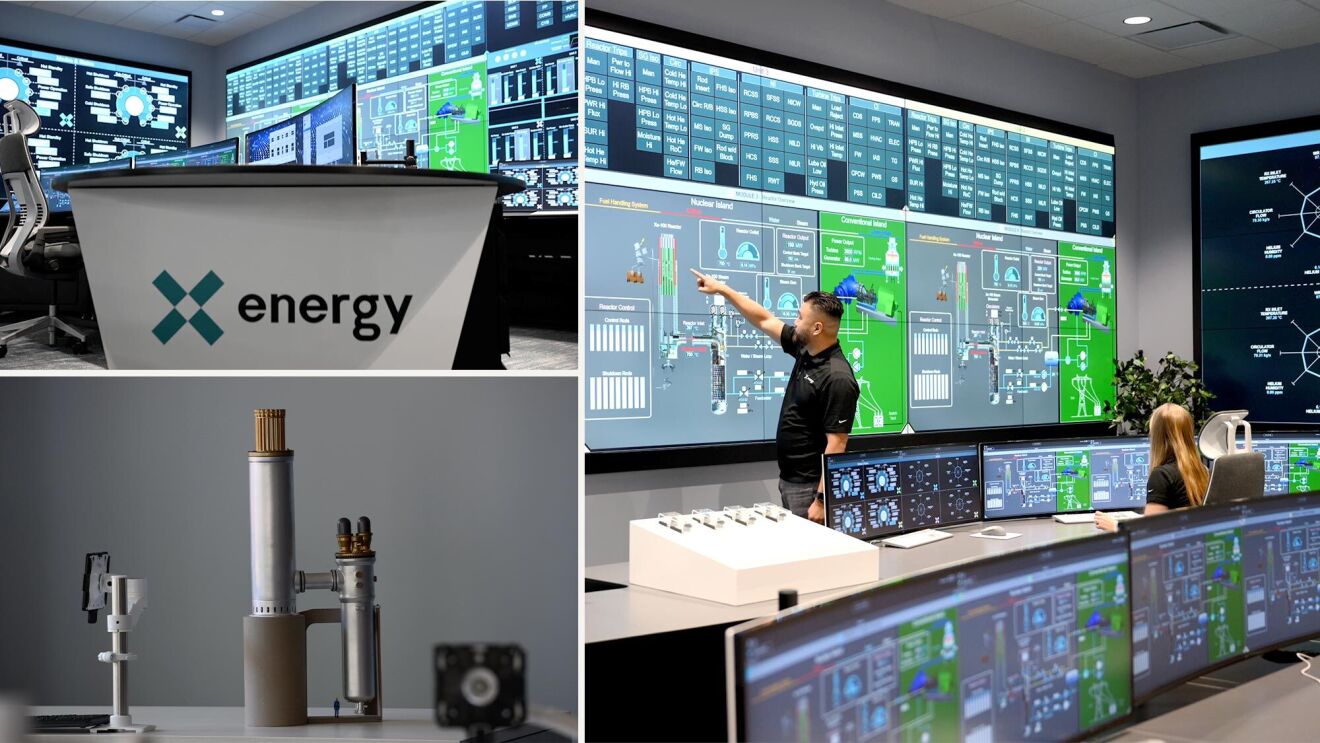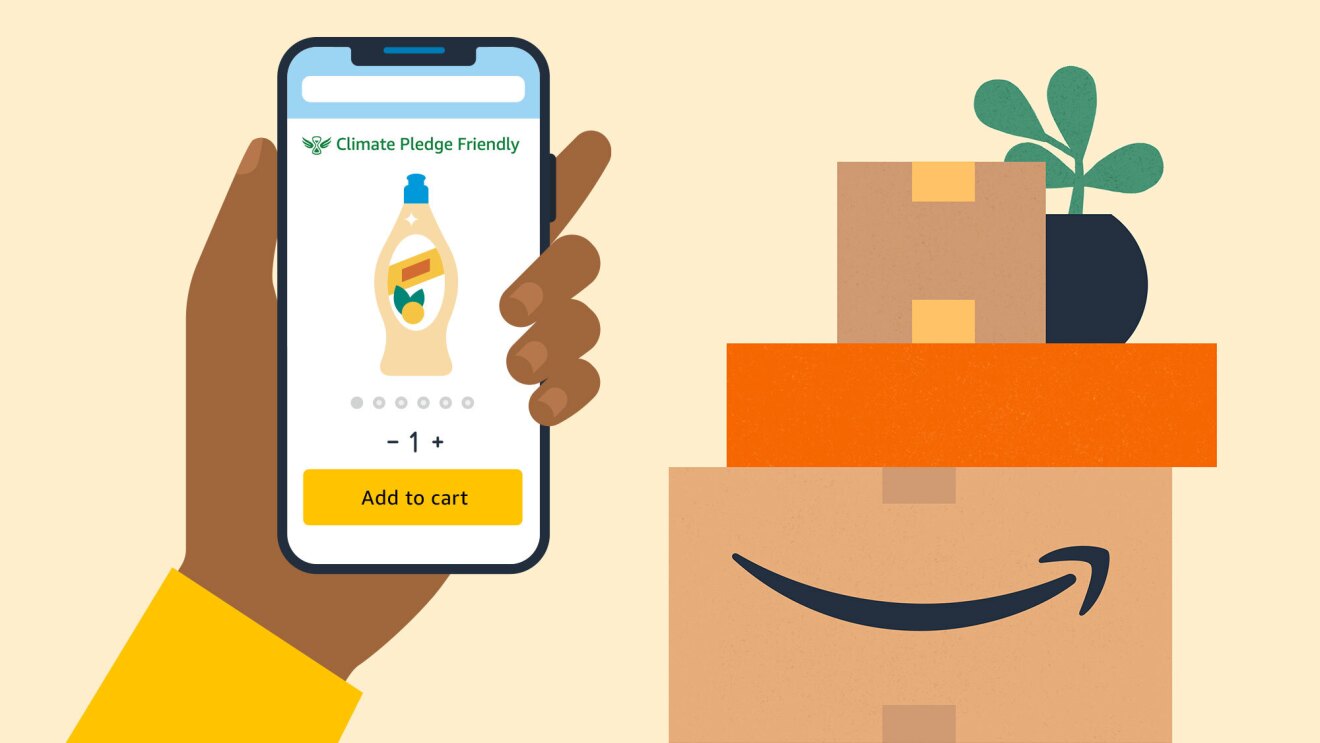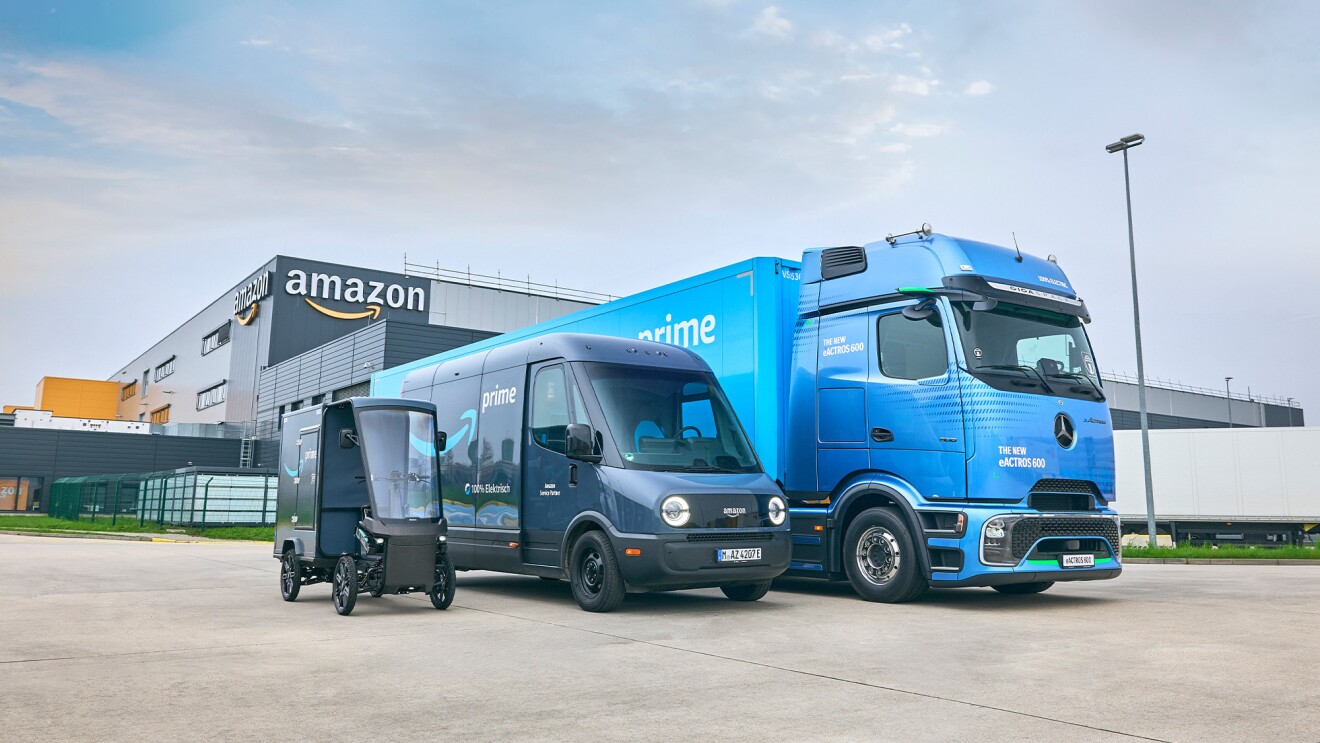What do a physical oceanographer, an earth scientist, and a former NASA scientist have in common? All three women are working through the Amazon Sustainability Data Initiative (ASDI) program to help sustainability experts advance climate change solutions with data.
Data is critical to addressing climate change; however, simply accessing relevant and up-to-date data often presents challenges. Many important datasets—like satellite images and weather forecasts—are stored around the world in large files and complex systems that most people cannot use without the aid of specialized computers. The lack of easily accessible data can slow progress toward climate solutions and exclude experts who don’t have significant resources.
ASDI is a program working to solve this data problem. ASDI collaborates with scientific organizations like the U.S. National Oceanic and Atmospheric Administration (NOAA) to host important climate data on the Amazon Web Services (AWS) Cloud, which has the infrastructure to host very large datasets. Amazon and AWS then make the data available for anyone to access at no cost.
ASDI is helping us cut through barriers and teach people the power of collaborative data and computing.
Dr. Annie Burgess
Lab Director, Earth Science Information PartnersLaunched in 2018, ASDI now hosts more than 130 datasets, including solar forecasts, ocean temperatures, and climate projections. ASDI also extends cloud grants to help researchers cover the costs of analyzing the data, which can be expensive.
To commemorate The United Nation’s International Day of Women and Girls in Science, Amazon spoke with three female scientists who are helping advance climate change solutions by using data through ASDI.
Dr. Ana Pinheiro Privette, global lead for ASDI
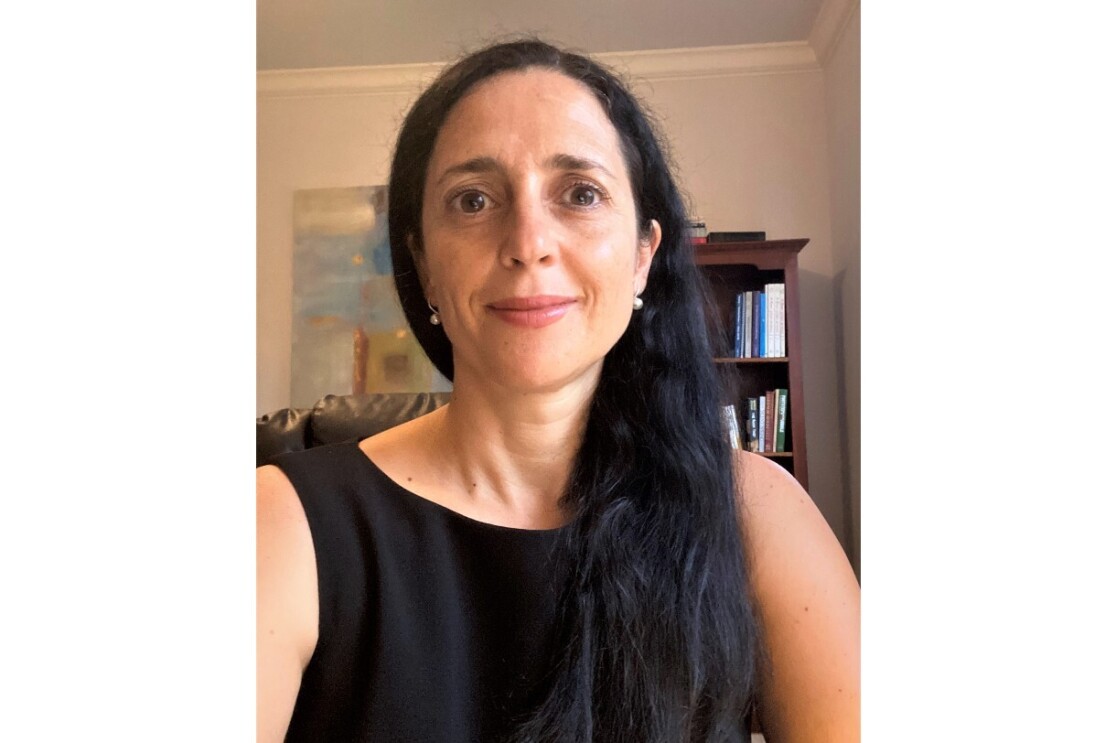
As global lead for ASDI and a former research scientist for NASA and NOAA, Dr. Ana Pinheiro Privette has made it her mission to ensure anyone who wants to create climate change solutions can access the information they need.
Privette has facilitated collaborations with dozens of environmental nonprofits, private companies, and government agencies, including NASA and NOAA, to give researchers access to the information in ASDI’s data catalog. ASDI has also supported many important climate-related advancements, including a collaboration with DE Africa, a nonprofit working with Tanzanian leaders in Africa to monitor how coastal erosion is contributing to the loss of the island’s mangrove trees. The project tracks deforestation using satellite imagery hosted by ASDI—this data was previously inaccessible for local African authorities. Access to the satellite imagery has helped local communities identify where tree loss is occurring and set a goal to replant 1,000 mangroves weekly. Their work was recently featured in an episode of Amazon’s Climate Next docuseries.
There is also the Australian-based weather data company Solcast, which is working with ASDI to access weather satellite data from NOAA to help energy producers around the world forecast how much sunlight their solar farms may receive. The data is also helping Solcast work with governments to transition toward using 100% renewable energy.
“Our goal with ASDI is to ensure that important data is easily accessible to everyone, free, and doesn’t require large amounts of effort or time to use,” said Privette. “Democratizing data makes sustainability and climate research more inclusive, and it helps increase participation by those who traditionally are underrepresented in science, technology, engineering, and math (STEM), including women. We need all perspectives and skills at the table to tackle these large global problems.”
Dr. Chelle Gentemann, senior scientist, Farallon Institute

Dr. Chelle Gentemann is an expert in analyzing satellite data to determine how ocean temperatures are impacting weather and climate. In the past, her work has sometimes required processing and downloading as much as 900 terabytes of data at a time, which equates to the storage space of more than 100 standard computer backup drives.
“I had to download massive datasets and write code that would run for thousands of lines, which is not a skillset that everyone has. These data and code barriers perpetuate a cycle of exclusion we often see in science due to resource inequalities,” said Gentemann, who began working with ASDI to share climate data and code with others. “When Pangeo—an open science community I work with—put the entire climate dataset onto the AWS Cloud through ASDI, suddenly anyone could read and use it. I realized this accessibility could help me advocate for others.”
The experience inspired Gentemann, who serves as a senior scientist at The Farallon Institute, a nonprofit science organization, to launch the Transform to Open Science (TOPS) program with NASA. The new $40 million, five-year initiative is designed to help experts in communities historically excluded from science gain access to the free data and code shared through ASDI. The program aims to initially train up to 20,000 scientists in open science.
Dr. Annie Burgess, lab director, Earth Science Information Partners

Traditionally, scientists have had to download and work locally with data from agencies or institutions, which has slowed research and limited collaboration. As the lead for the Earth Science Information Partners’ Lab, Dr. Annie Burgess works to extend grants to scientists who can use the AWS Cloud to store, analyze, and share their data and workflow with other scientists, greatly reducing the collective effort needed for scientific discovery.
The grants are supported by NASA, NOAA, and the U.S. Geological Survey, as well as ASDI cloud grants. The grants have supported projects from early-career graduate students to later-career scientists working to transition to the cloud. One example is the LakePy project, which takes lake water-level data originally housed across government agency, academic, and private databases, and combines it on the cloud. The combination gives scientists free, easy access to more than a century of lake water data from more than 2,000 lakes worldwide, as well as built-in tools for data analysis.
Burgess is also using ASDI cloud credits to host a deployment of Qhub, a development space on the AWS Cloud that is giving more than 90 scientists across four federal agencies an area to share and analyze data. This new space enables federal government collaborations that were previously difficult due to the lack of a shared computing infrastructure.
“These efforts have been wildly effective and allowed people to work together in a single space, addressing everything from flooding to illegal mining,” said Burgess. “ASDI is helping us cut through barriers and teach people the power of collaborative data and computing.”
Amazon’s commitment to diversity in STEM
ASDI’s efforts to support a diverse array of sustainability experts and climate research echoes Amazon and AWS’s deep commitment to supporting diversity, equity, and inclusion in STEM fields. As part of the company’s $50 million investment in computer science and STEM education, the Amazon Future Engineer program—which supports young adults from underserved communities to pursue computer science—set a goal to reach 1.6 million underrepresented students globally in 2021. Additionally, AWS supports Girls in Tech, a global nonprofit committed to eliminating the gender gap in the tech industry, where only 26% of computer scientists are women.




